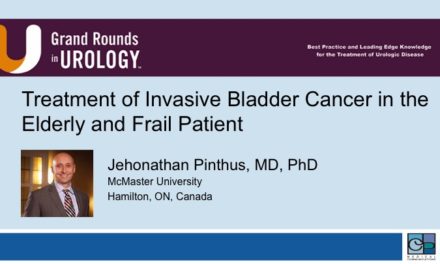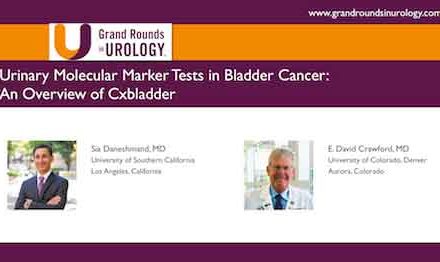
Prognostication in Patients Treated with Radical Cystectomy for Urothelial Bladder Carcinoma: A New Simplified Model Incorporating Histological Variants
Abstract
The aim of this study was to evaluate the clinical significance of histological variants (HV) and to develop a new and simple prediction model incorporating variant forms in patients who underwent radical cystectomy for urothelial carcinoma (UC).
We analyzed the data of 365 patients. We evaluated whether HV were independent predictors of survival. A new scoring model was developed using the regression coefficients from the multivariate Cox proportional hazard model. The patients were divided into three groups on the basis of the score: low-, intermediate- and high-risk. To evaluate the performance of the model, we assessed models in terms of discrimination and calibration.
Patients(median age; 68.5 years) with pure form and squamous differentiation did not differ significantly but statistical analysis of the survival curves of patients with pure form and other variants revealed a statistically significant difference in terms of cancer-specific survival (CSS) (p = 0.005) and overall survival (OS) (p = 0.010). According to the new scoring model HV, the 5-yr CSS rate in each group was 93.3%, 82.9% and 50.5%, respectively. The 5-yr OS rate in each group was 90.0%, 66.3% and 33.2%, respectively. Model discrimination was good for all year models. Calibration was also adequate for the model in all year models.
HV were found to be important independent prognostic factors in urothelial bladder cancer. This paper presents a new prognostic model incorporating variant forms for predicting CSS and OS in these patients.
Authors: Ku, Ja Hyeon | Yuk, Hyeong Dong | Godoy, Guiherme | Amiel, Gilard E. | Lerner, Seth P.
Journal: Bladder Cancer, vol. 4, no. 2, pp. 195-203, 2018
Keywords: Bladder cancer, urothelial carcinoma, variant histology, outcomes, cystectomy




